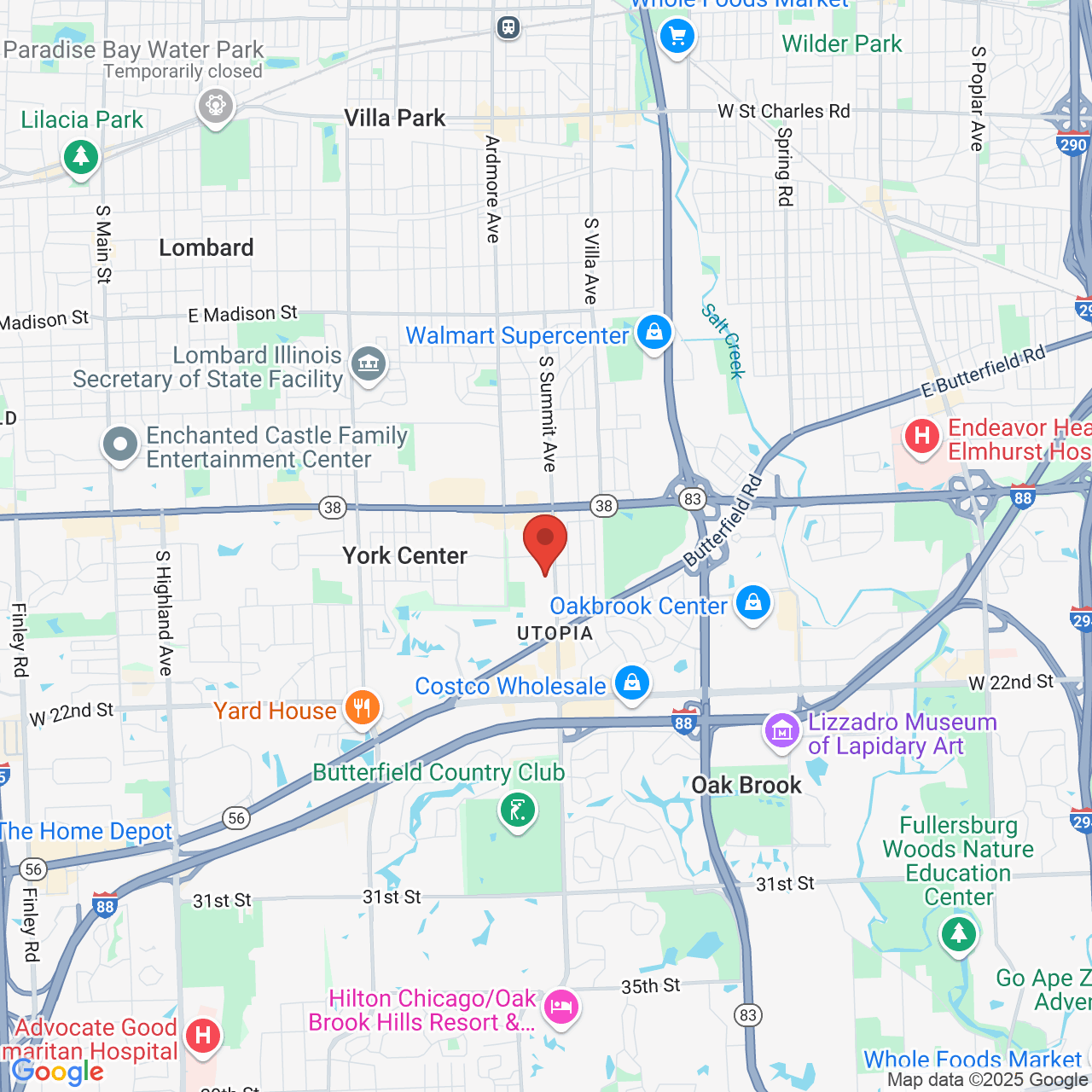Reducing Forehead Reduction Scars
 As patients experience thinning and hair loss, a receding hairline can become an aesthetic concern. However, for others, a large forehead can make it look like the hairline has receded before a person has even experienced hair loss.
As patients experience thinning and hair loss, a receding hairline can become an aesthetic concern. However, for others, a large forehead can make it look like the hairline has receded before a person has even experienced hair loss.
Forehead reduction surgery lowers the hairline to create a smaller, more proportionate forehead, all while maintaining an attractive frame for the face. However, some patients are concerned about scarring. Although forehead reduction scars are discreet and minimal, the doctors at Chicago Hair Institute can provide our Chicago, IL, patients with tips for reducing the appearance of forehead reduction scars.
How Noticeable Are Forehead Reduction Scars?
When performing forehead reduction surgery, incisions are made within the soft hairs of the hairline. Excess forehead skin beneath the incision site is removed and the scalp and hairline are lowered to a more natural-looking position before incisions are closed.
As incisions heal, they will form a scar. Scars may appear bright red in color initially, but they should fade as the skin heals. It typically takes a full year for scars to heal completely.
In general, forehead reduction scars are not very visible, because they are concealed beneath the patient’s hairline. Some hair follicles are buried beneath the incision line, so new hairs should grow through surgical scars, which will make them even less noticeable.
Keeping Scars Discreet
Although forehead reduction scars are unlikely to be noticeable, it is important that patients care for incision sites properly while recovering from surgery. Without proper care, the incision may not heal properly, or could even become infected. Incisions that do not heal well are more likely to be red, raised, and noticeable.
To promote proper healing so that scars fade and become less noticeable, patients should follow these recommended wound care guidelines:
- Keep incision sites covered in the early days of recovery
- Clean incisions as directed
- Use any prescribed antibiotics to prevent infection
- Avoid getting incisions wet, as this can prevent the wound from scabbing over
- Keep the skin around incision sites moisturized with petroleum jelly or other ointments
- Consider the use of an over-the-counter silicone gel with antioxidants and other healing ingredients
- Avoid sun exposure while healing from surgery
- After incisions heal, use UV protection to cover scars whenever outdoors
All Scars Are Unique
Our Chicago patients should understand that everyone heals differently. Even with proper care, some patients are simply more prone to scarring than others. Factors that may affect how scars heal after surgery include age, skin tone, and genetics. Fortunately, with our expertise and precision, all forehead reduction scars should be well hidden beneath the hairline.
Contact Us
If you are interested in lowering your hairline, you may be an ideal candidate for forehead reduction surgery. To learn more about this procedure, contact Chicago Hair Institute at your earliest convenience or call (630) 932-9690 to schedule a personal consultation. We will evaluate your hairline, review your medical history, and discuss your cosmetic concerns with you to determine if you are a good candidate for treatment.





